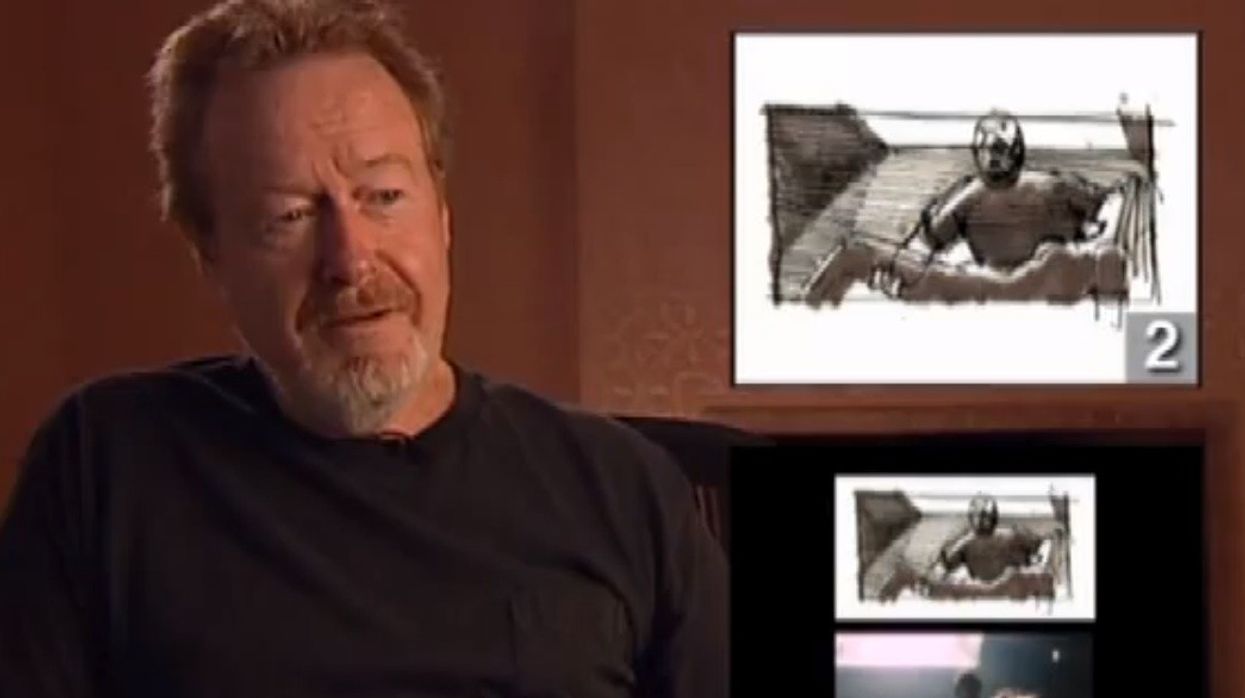The Art of Storyboarding with Ridley Scott, Sam Mendes, and Conrad L. Hall

Previsualization and storyboarding will vary production to production, but it's important to have some sort of idea about what you're shooting before you shoot it. Often there are stories about famous directors coming on set and making it up as they go along, but this isn't the most ideal way to work, especially when your budget can't afford 50 crew members to move set pieces and lights to compensate for your on-the-fly planning. Below are two videos, the first is a conversation with Ridley Scott about his own storyboarding work, and the second is a commentary with Sam Mendes and the late Conrad L. Hall comparing storyboards versus screenshots of American Beauty.
Ridley Scott on Storyboarding:
The next one is a bit long, but it's absolutely fascinating to see masters of their craft talk about the storyboards and final shots.
Sam Mendes and Conrad L. Hall:
Storyboarding to this degree is certainly an art, and if you want it to look like it does in the videos above, it's not going to be cheap (unless it's digital and you're doing it yourself). For independent filmmakers, however, just getting your thoughts onto the page in some form can be helpful. Storyboarding and previsualization software can be extremely helpful for those less artfully inclined, and if you want you can actually create a moving image of all of the scenes in your movie with 3D sets and characters relatively easily. Even if you'd rather not go through all that hassle, having some sort of drawing, regardless of quality, can help get everyone on the same page.
Another helpful possibility besides storyboarding (assuming you have the time), is to go to the location ahead of time and take photos where you want the frames to be. Anyone can stand in for the real actors, but many times this can be a lot faster than storyboarding or previsualization, and it's certainly a lot cheaper. Time and resources will often not allow for this practice, but I've found that taking that extra day to go to the location and take photos with replacement actors lets me ponder over the shots and it also gives other crew members a very clear idea of the shots that need to be accomplished for the day.
[via Filmmaker IQ]











